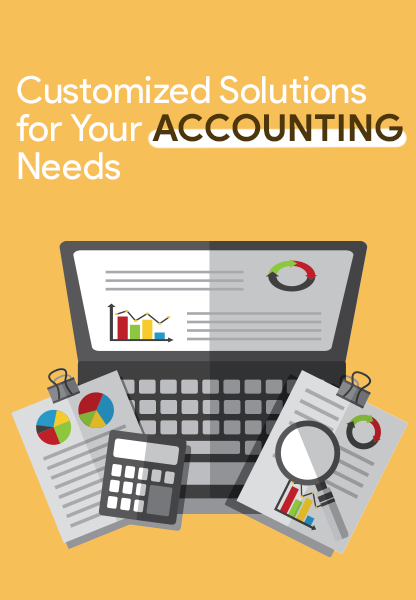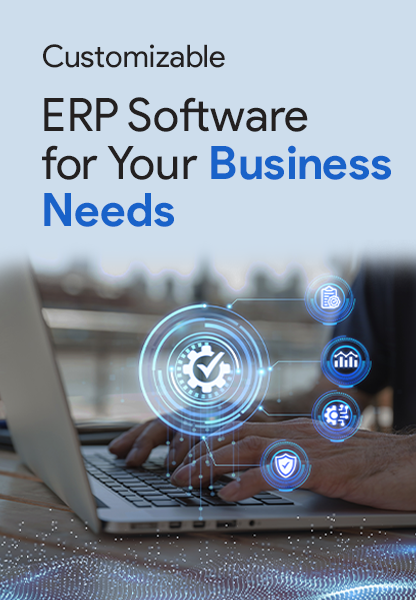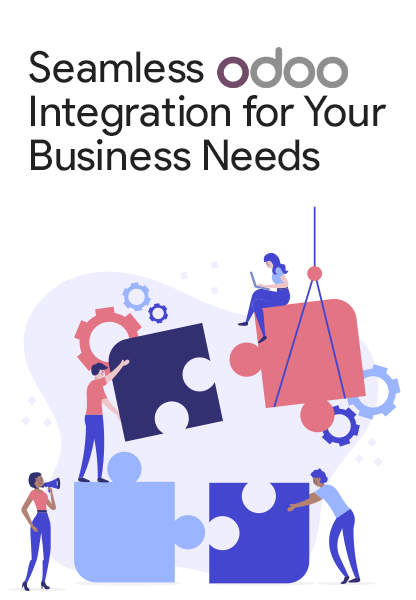
What is ERP Implementation Methodology?
ERP implementation methodology
refers to the structured approach and set of processes followed to implement an Enterprise Resource Planning (ERP) system within an organization. It outlines the step-by-step procedures, activities, and best practices involved in successfully deploying an ERP solution to meet the organization’s business requirements. The implementation methodology ensures that the ERP system is effectively configured, integrated, tested, and deployed while minimizing disruptions to the business operations.
While specific ERP implementation methodologies may vary among vendors and consultants, they generally follow a similar framework consisting of the following key stages:
Key Factors of ERP Implementation Methodologies
- Project Initiation
: This stage involves defining the project scope, objectives, and success criteria. It includes forming an implementation team, establishing project governance, and securing executive sponsorship. The project initiation phase lays the foundation for a successful ERP implementation by setting clear expectations and establishing communication channels.
- Business Process Analysis
: In this stage, the organization’s existing business processes are analyzed to identify areas of improvement and alignment with the ERP system. This involves mapping current workflows, documenting business requirements, and identifying gaps between the current processes and the ERP system’s capabilities. The business process analysis phase helps tailor the ERP system to meet the organization’s specific needs.
- System Design and Configuration
: Based on the business requirements identified in the previous stage, the ERP system is designed and configured. This involves defining data structures, setting up modules, customizing workflows, and configuring system parameters. The design and configuration phase focuses on aligning the ERP system with the organization’s business processes and ensuring it supports the desired functionalities.
- Development and Integration
: If any customizations or integrations are required, this stage involves developing and testing those components. Customizations may include building additional functionality or reports to address specific business needs. Integration involves connecting the ERP system with other existing software applications, such as CRM or payroll systems, to ensure seamless data flow and process automation.
- Testing
: Thorough testing is crucial to ensure the ERP system performs as expected and meets the defined requirements. This stage involves various types of testing, including unit testing, integration testing, system testing, and user acceptance testing. Testing helps identify and resolve any issues or discrepancies before moving on to the next stage.
- Training and Change Management
: To ensure a smooth transition and user adoption, training programs are conducted to familiarize employees with the new ERP system. This stage involves providing training materials, conducting workshops, and offering hands-on training sessions. Change management activities, such as communication plans, stakeholder engagement, and user support, are also implemented to facilitate the organizational change associated with the new ERP system.
- Data Migration
: Data migration involves transferring data from legacy systems or spreadsheets to the new ERP system. This includes data cleansing, transformation, and validation to ensure data integrity and accuracy in the new environment. Proper planning and execution of data migration activities are critical to avoid data loss or inconsistencies during the transition.
- Go-Live and Post-Implementation Support
: The ERP system is officially launched and deployed in the production environment during the go-live phase. This involves transitioning from the old system to the new system and ensuring all necessary support mechanisms are in place. Post-implementation support is provided to address any issues, perform fine-tuning, and provide ongoing assistance to users.
- Continuous Improvement
: ERP implementation is an iterative process, and organizations should continuously evaluate and improve their ERP system to optimize its usage and address evolving business needs. This includes monitoring system performance, gathering user feedback, and implementing system enhancements and updates as necessary.
Best Top 10 ERP Software in Dubai – 2023 Latest Edition
By following a well-defined ERP implementation methodology, organizations can minimize risks, ensure a smoother transition, and maximize the benefits of their ERP solutions. It provides a structured framework to guide the implementation process and ensure alignment between business objectives and system capabilities.












